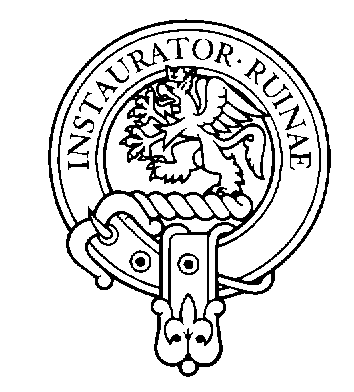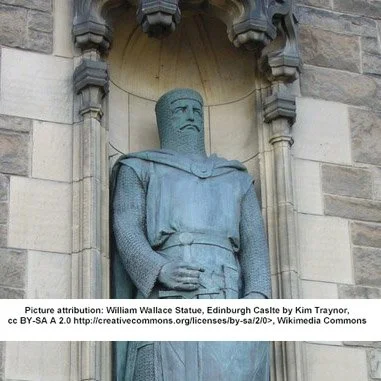THE LEGACY OF WILLIAM WALLACE
/William Wallace, one of Scotland’s most enduring national heroes, was born around 1270. His first known act in the Wars of Scottish Independence occurred in May 1297, when he assassinated William Heselrig, the English-appointed Sheriff of Lanark. Soon after, Wallace joined forces with fellow patriot Andrew de Moray.
That same year, the English occupied Stirling Castle. Wallace and Moray, familiar with the surrounding terrain, used the high ground—now home to the National Wallace Monument—to monitor enemy movements. On 11 September 1297, the Scots achieved a decisive victory at the Battle of Stirling Bridge, though the triumph was bittersweet. Andrew de Moray was mortally wounded in battle and died two months later.
In the aftermath of Stirling Bridge, Wallace was knighted and named Guardian of Scotland, acting in the name of the deposed King John Balliol.
However, the tide soon turned. At the Battle of Falkirk in 1298, Wallace’s forces were overwhelmed by the English. Though he survived, the defeat led to his resignation as Guardian. He left Scotland for a time, returning around 1304.
Tragically, Wallace’s fight ended in betrayal. On 5 August 1305, he was captured near Glasgow by Scottish nobleman John Menteith and handed over to the English. Tried and found guilty of treason, Wallace was executed in London on 23 August 1305.
Although there's no firm evidence that Forsyths fought alongside Wallace at Stirling Bridge or Falkirk, the clan was certainly present in the region during that era. By the early 14th century, Forsyths were active under Robert the Bruce, with some rising to prominent local roles around Stirling Castle and Sauchie—territories deeply tied to the Wars of Independence..
📍 Source: The National Wallace Monument
🔗 William Wallace – National Wallace Monument

